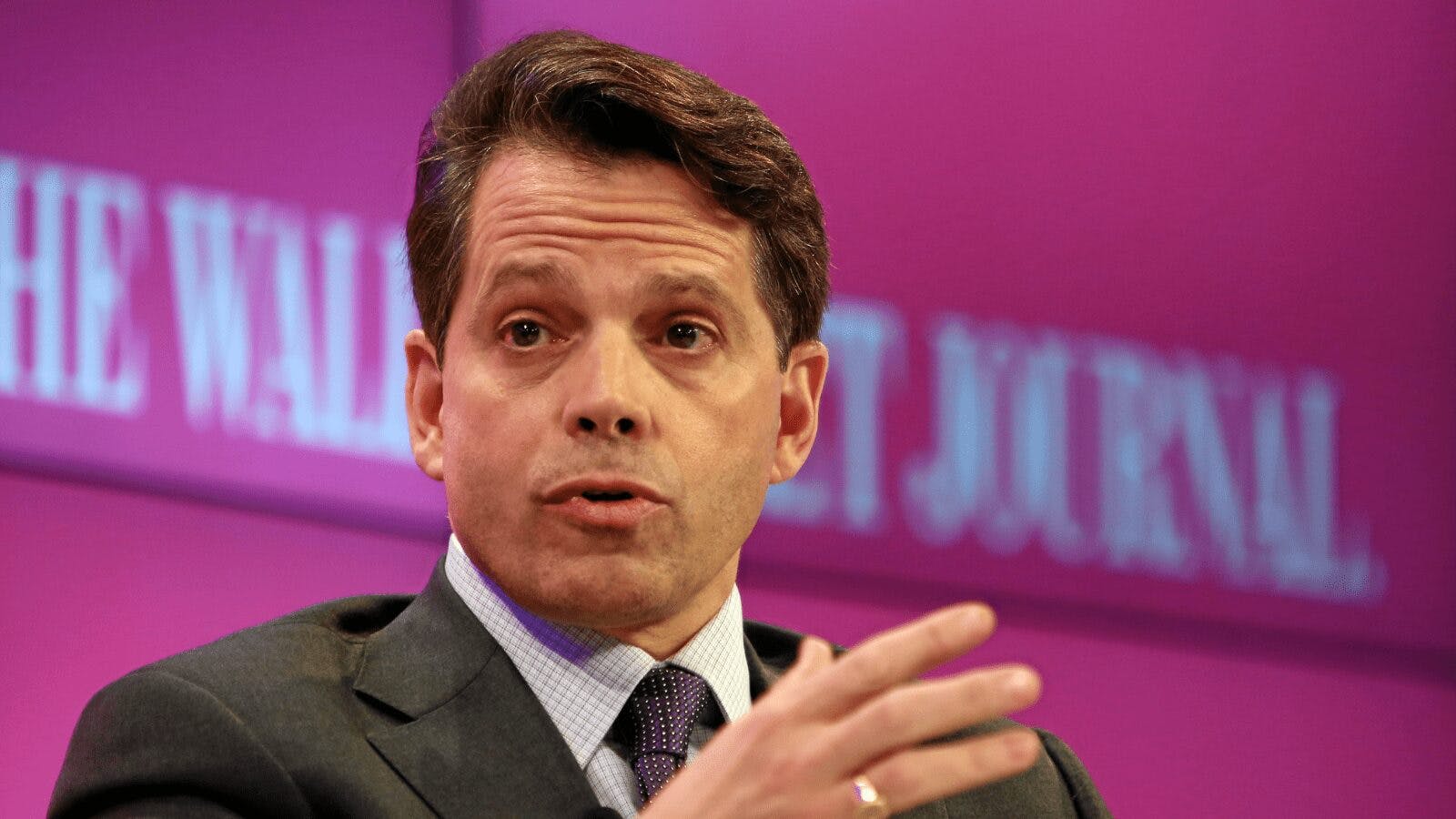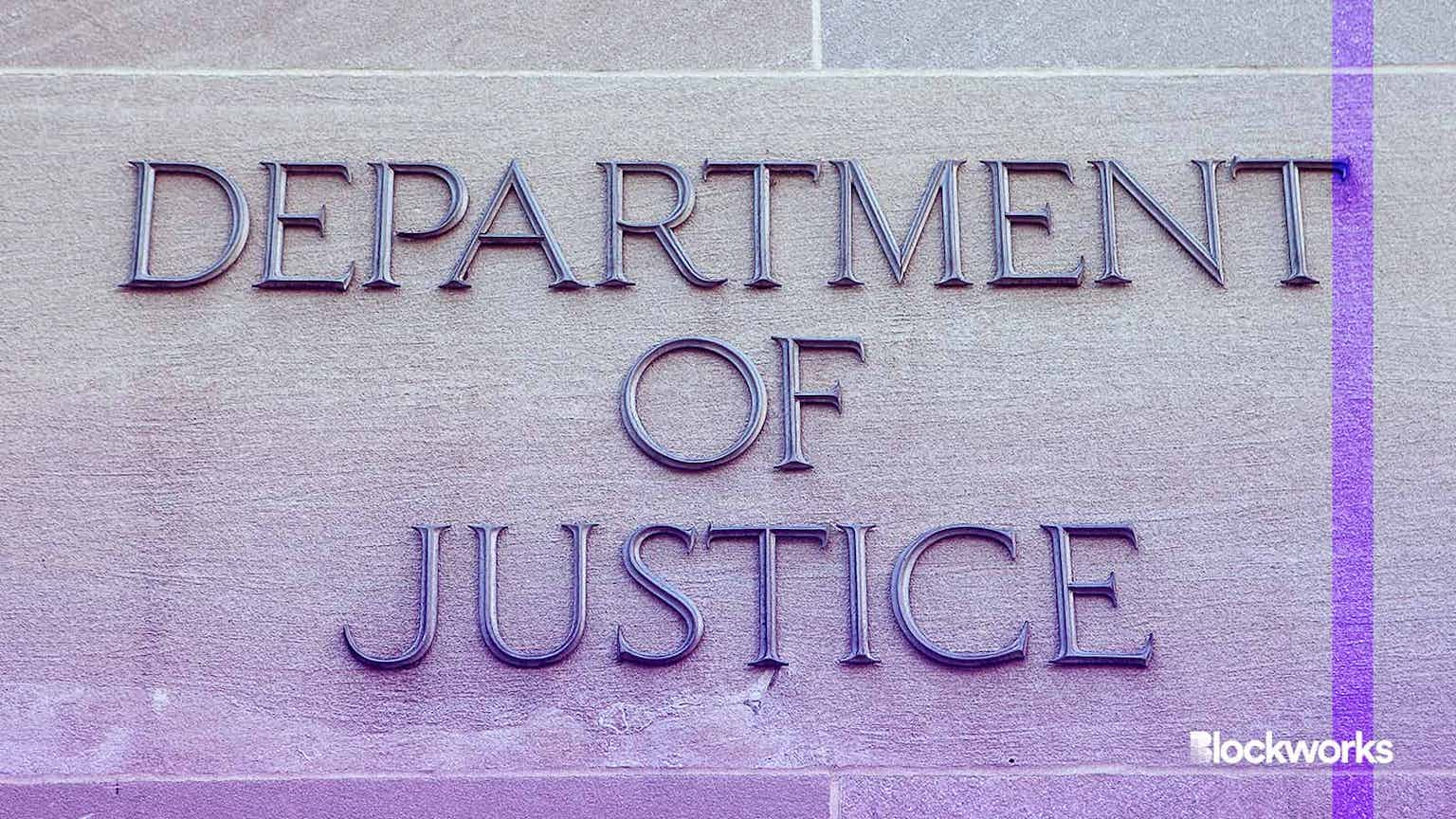Did Macro Kill Crypto or Are Risk-laden Lenders to Blame?
Blockworks caught up with SkyBridge Capital’s Anthony Scaramucci and Arca’s CIO Jeff Dorman for their take on why crypto is down heavily

SkyBridge Capital’s Anthony Scaramucci | Source: Monika Flueckiger/"Anthony Scaramucci" (CC license)
key takeaways
- “Macro is driving problems with Celsius rather than Celsius driving problems for the market,” Arca’s Dorman said
- Scaramucci is still long-term bullish but warned crypto investors must stomach current volatility
Crypto markets are squarely in the toilet. Bitcoin is trading around $22,000 — almost 70% below its November all-time high. Ether, somehow, has fared even worse.
Collapsing lending platform Celsius makes for an easy scapegoat for the widespread carnage. Rumors of its insolvency preceded Celsius’ native token, CEL, dumping 50% this month. The platform has since locked users out of their accounts while it wrangles various leveraged decentralized finance (DeFi) positions.
Just weeks ago, markets reeled from the Terra ecosystem’s implosion, which all but wiped out the ninth and 10th largest tokens by market capitalization and some $40 billion in representative value along with it.
But macroeconomic factors such as inflation, rate hikes and the war in Ukraine have pushed the tech-heavy Nasdaq and the broader S&P 500 down 30% and 20%, respectively, this year as the US flirts with a recession. Commodities, meanwhile, are surging, with benchmark index S&P GSCI up more than 40% year to date.
It’s clear investors are moving from “risky” assets such as crypto and tech stocks into more recession-resistant plays.
It all presents a classic chicken-and-egg problem: Did Celsius trigger cryptocurrency to shed more than 25% from its collective value over the past week, or are investors simply de-risking across the board?
The Great De-risking
Anthony Scaramucci, managing partner at hedge fund of funds SkyBridge Capital, told Blockworks he wasn’t surprised by sinking crypto prices. SkyBridge offers an institutional bitcoin fund, as well as other vehicles designed to offer limited partners crypto exposure.
“You have a risk-off market, an oil crisis born from the current war environment, and you have the vestiges of the pandemic,” Scaramucci said. “As well, we may not be feeling it as much in Europe and the United States, but they’re going through ‘zero Covid’ lockdown strategies in China, and that’s having a huge effect on the supply chain.”
The precarious macro landscape — combined with too much money in traders’ pockets as a result of US stimulus measures — has led to big inflation numbers, according to Scaramucci, causing correlation across multiple asset classes, as with tech stocks and bitcoin.
“Bitcoin, in a buoyant market, goes up more than the market,” he said. “In a downtrodden, depressed market, it’s going to go down more.”
The financier posited rising inflation is not likely systemic or secular, but born directly from the aforementioned ongoing crises.
“A year from now, we could very well be out of the pandemic, and the inflation numbers could actually trend down,” added Scaramucci, who this week told CNBC that SkyBridge had just bought more bitcoin and ether. “The future of the web is going to include these decentralized technologies — I’m incredibly long-term bullish. You just have to have the stomach for this level of volatility right now.”
Macro factors exposed unsustainable digital assets
Jeff Dorman, chief investment officer at crypto investment firm Arca, said the dampened macro environment has driven some participants to take on additional risk.
“I think macro is driving problems with Celsius, rather than Celsius driving problems for the market,” Dorman said. “If Bob gives me one bitcoin, (BTC) and I pay him 2% interest for that, and then I lend it to Alice, who pays me 3% — that’s easy. I have a one-for-one asset liability match. And I’m making 1% net interest margin on the spread,” Dorman said.
Problems arise when Bob gives five BTC, but Alice only wants to borrow one. The lender still has to pay Bob 2% on his five BTC while Alice is only paying the lender 3% on one.
“Now, I have to figure out how to make up that yield,” Dorman said. “So, what am I going to do? I’m gonna go do risky hedge fund shit to make up that yield and hope that nobody knows what I’m doing — because nobody’s paying attention, because it’s unregulated. That’s where these companies get in trouble: They’re basically operating like unregistered hedge funds.”
But Dorman rejected the current zeitgeist that demands investors lump all digital assets together to consider them one giant risk trade, with bitcoin the least risky, outside of stablecoins.
Believing that bitcoin is king and everything else is an altcoin is an “archaic way of thinking about this market,” he said, the equivalent of labeling the S&P 500 the only ETF and everything else a lesser, alternative ETF.
Crypto investors might wonder: Absent an exit from digital asset markets entirely, what does de-risking look like?
Defensive digital assets
Of course, there are stablecoins, some riskier than others. (SkyBridge’s Scaramucci said Circle’s USD Coin and Tether held up remarkably well throughout the recent chaos, with both firms processing billions of dollars worth of redemptions without downtime.)
Scaramucci suggested investors stay away from leverage, saying: “Stay unlevered. Be long term in your orientation. What’s caused the upside surprises and the downside surprises is the leverage in the system.”
To Arca’s Dorman, persistent price correlation in crypto is the result of an immature investor class, rather than anything inherent to digital assets.
“In theory, bitcoin has nothing to do with Axie Infinity, which has nothing to do with BNB,” Dorman said. “But if one guy owns all three, and they’re using those three as collateral to do something, they’re going to be a forced seller of all three at the same time.”
Crypto exchange tokens should be resistant to market downturns in a mature market (there’s been some indication already), while native assets for blockchain-powered games should even prove resilient during a recession, Dorman said — as long as the tokens are structured with sustainability in mind.
“In the digital asset world, what are the areas where investors won’t stop what they’re doing just because of a bad market or because of a recession? Gamers don’t stop gaming because of recession,” he said. “If anything, they actually start gaming more, because they have more time on their hands and they’re not working. Gaming, in theory, should be a defensive sector.”
Start your day with top crypto insights from David Canellis and Katherine Ross. Subscribe to the Empire newsletter.





